earthmanbuck
No longer a newbie, moving up!
- Joined
- Jul 24, 2011
- Messages
- 261
- Reaction score
- 181
- Location
- Canada
- Can others edit my Photos
- Photos OK to edit
I know very little about the history of photography, and aside from a few very famous names, don't know too many photographers either. Someone here recently mentioned a few photographers that I looked up and really like a lot: Saul Leiter, Ernst Haas, and Fred Herzog. (I've tried searching the forum and can't find this post again, so whoever it was: thank you.) I've been trying to find other photographers I might like, but I'm discovering an awful lot of them shoot (or shot) exclusively in B&W—and while I have absolutely nothing against B&W, I've been feeling colour lately.
Does anyone have any recommendations for photographers with a similar aesthetic to any of the above three? It doesn't necessarily have to be street photography, but I generally prefer more candid stuff.
Does anyone have any recommendations for photographers with a similar aesthetic to any of the above three? It doesn't necessarily have to be street photography, but I generally prefer more candid stuff.


![[No title]](/data/xfmg/thumbnail/39/39184-d7e9fb25ed954af6adbcacfdf106df84.jpg?1619738904)
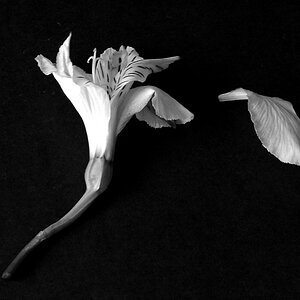
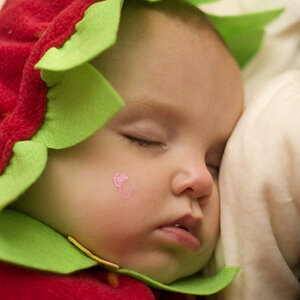

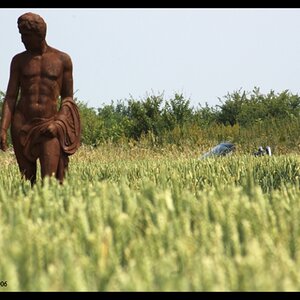
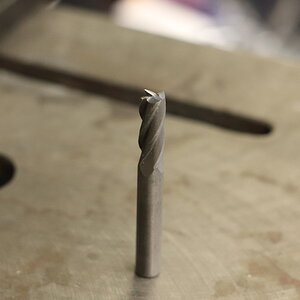
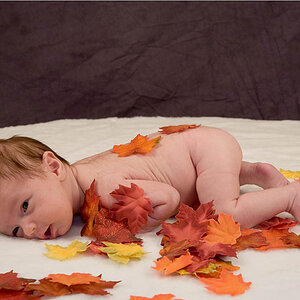
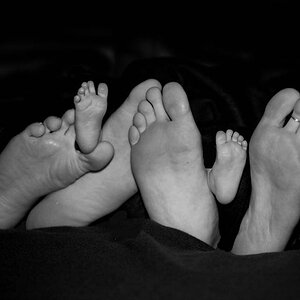
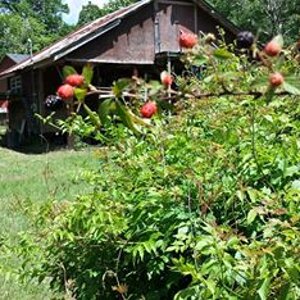
![[No title]](/data/xfmg/thumbnail/31/31012-f5e0c7cdea2f2c3e44737e3f61c2461a.jpg?1619734567)
![[No title]](/data/xfmg/thumbnail/36/36395-66eaff4565ecf4245f13a9c469a9273b.jpg?1619737548)
![[No title]](/data/xfmg/thumbnail/36/36397-b2aca1c8ba1009853020154d6dd4b0e5.jpg?1619737550)